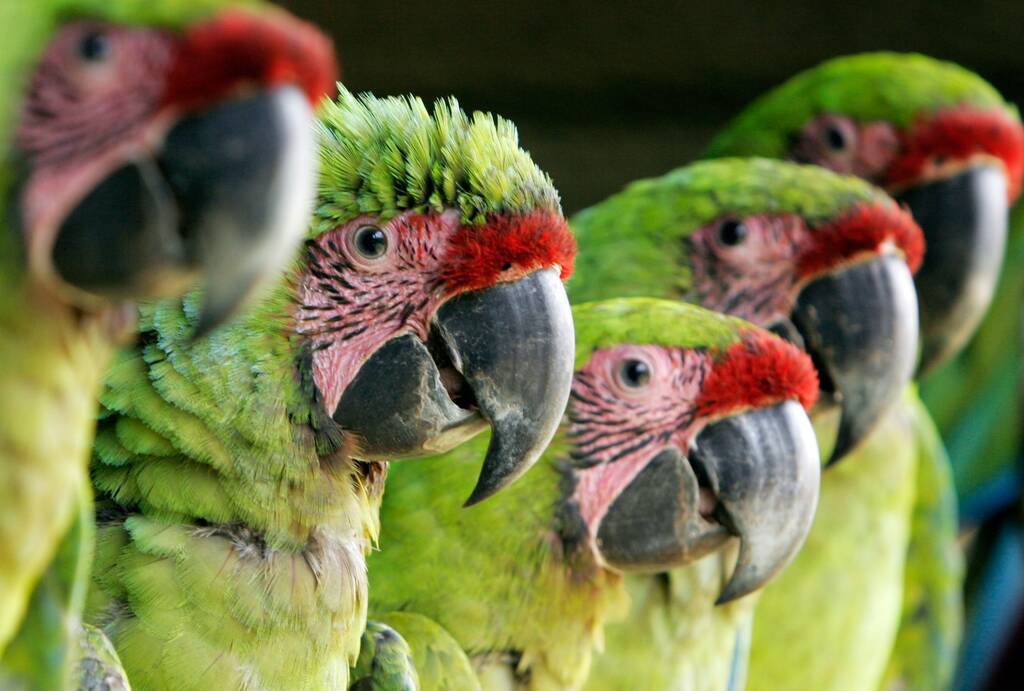Wildlife trafficking is truly a global problem affecting some of the world’s most endangered species, highlights an analysis by the European Parliament.
African and Latin American countries are the main countries of origin, while European and North American countries are the main destinations.
For their part, Asian countries are important as both source and destination countries.
Between 2018 and 2019, TRAFFIC conducted a series of interviews with convicted offenders, who reported being involved in a range of activities, sometimes fulfilling more than one role along the illegal wildlife supply chain, including harvesting, transporting, storing and processing, and selling products to domestic or international middlemen.
Illegal wildlife trade must be integrated into crime prevention, as it is not just an environmental problem.
UNODC’s World Wildlife Crime Report 2020 notes that illegal wildlife trade is increasingly recognized as a specialized area of organized crime. It involves a range of individuals acting as poachers, smugglers, resellers and buyers and is linked to other serious crimes such as fraud, corruption and money laundering, as well as cross-border trafficking in drugs and weapons.
Wildlife trafficking
The European Parliament further notes that there is evidence that wildlife crime can be linked to terrorism. Financial investigations can help to tackle illegal wildlife trade, but are still underutilized. A key step is to strengthen domestic sanctions.
In 2016, CITES COP17 recommended that Parties consider illegal wildlife trafficking involving organized groups as a «serious crime.»
In particular, COP17 recommended that trafficking be punishable by penalties of at least four years or more.
ICCWC called on countries to recognize wildlife and forest crime as a serious transnational organized crime.
In 2018, UNODC -in collaboration with the CITES Secretariat and other international organizations- developed a Guide on Drafting Legislation to Combat Wildlife Crime.
Also, the UNODC has created the WISE Global Database on Wildlife Seizure Incidents.

